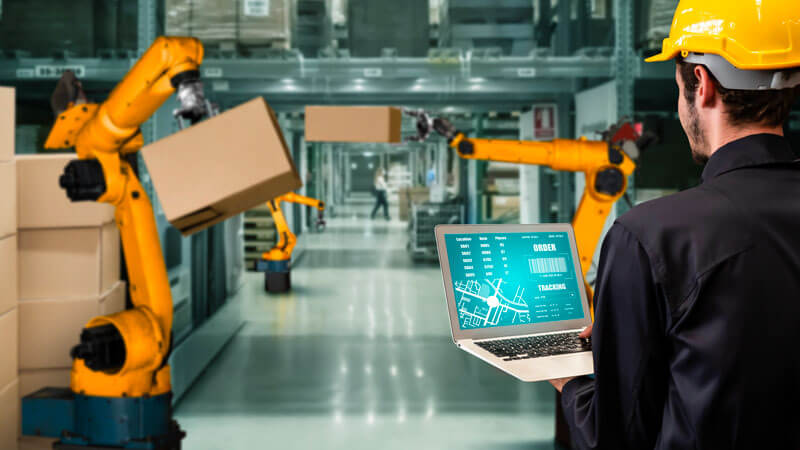Over a decade back the telecommunication industry forever changed the way of “Connecting People” through the use of mobile devices. Today, in a world of digital natives, mobile phones are not a want but a need. Let me put that in perspective; there are nearly 6 billion mobile devices in the world which is a significant number when you consider that there are an estimated 7 billion people on the planet!
The connected world has extended beyond only people communicating with each other using mobile technology and a new trend is fast emerging. Connected factory, smart cities and connected cars are all based on a concept called the Internet of Things (IoT). Put simplistically IoT is an internet of physical devices that communicate with each other over connected and wireless networks. At the very core of the Internet of Things is information that can drive meaningful action. This information needs to be gathered, communicated and analysed through a network of smart devices and sensors that can send this information over a network into an analytical platform that can store and analyse this information and in turn trigger a set of activities.
To understand the concept of IoT lets consider a simple household example. You wake up in the morning with an alarm on your smart phone. The alarm automatically triggers your coffee machine to make you a shot of espresso. If you chose to hit snooze to catch a few extra winks over the weekend, then your coffee machine even knows that it needs to delay that shot of espresso so it’s served hot just the way you like it. Similarly your refrigerator can identify that you are running out of key supplies and place an automatic order with your grocer. There is even an experiment to inform parents about their baby’s wet nappy with an alert on their mobile phones.
Internet of Things in a business context is significantly more complex. Information needs to be gathered from different remote sources, it then needs to be transmitted across large distances even geos or areas with poor or no network. This large volume of information in different formats then needs to be stored and effectively analysed. One of the reasons for the increasing interest in the Internet of Things is the advancement of the technologies that make it, their ever reducing cost and the multiple scenarios to which it can be applied. Today, sensors the size of a salt grain can accurately capture information around temperature, humidity, soil conditions on a farmland. This information can be transmitted through 4G, Wi-Fi, Bluetooth or Near Field Communication (NFC). New technologies like Zigbee address the unique needs of low cost low power sensors. The other major development that has helped the IoT cause is IPV6 which allows much higher traffic to flow over the internet as compared to IPV4. It allows 300 Trillion IP addresses! No, that’s not a typing error. Cloud technologies like Amazon Web Services, Microsoft Azure, and Rackspace allow large amounts of unstructured data to be stored and analysed using Big Data technologies like Hadoop and MapReduce.
Manufacturing and Healthcare companies have been the early adopters of the Internet of Things with the Retail sector at the initial stages of experimenting with IoT. Manufacturers are already referring to IoT as Industry 4.0 after mechanical help, mass production and electronic control systems. GM uses IoT to determine if it is too humid to paint an automobile and redirects vehicles to other parts of the manufacturing process to reduce repainting and maximize plant uptime. GE says efficiency improvements of 5% in a small industrial power plant generating 15MW can save over $200,000 on average per year. These early examples are an indication of the potential that lies ahead.
So why should we care if smart devices are talking to each other and make the world look like a scene from a Spielberg movie? According to Cisco, 50 billion devices will be connected to the Internet of Things by 2020. The estimates are that $14.4 Trillion is the value at stake using the Internet of Things, more than the current GDP of the BRIC countries. With those numbers and the possibilities that it offers to businesses and consumers alike it’s hard not to take notice and embrace the Internet of Our Times.
About the Author – Karn Kute is Business Director at Hexaware and focusses on emerging technologies like IoT, Mobility and Big Data for Manufacturing and Retail industries in the UK. He can be followed on twitter @karnkute3 and on LinkedIn


















